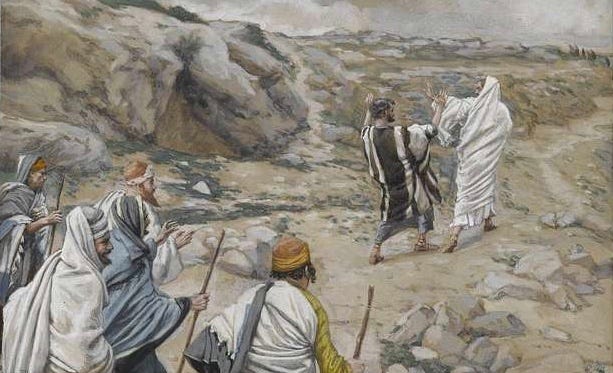Introduction
Cardinal Joseph Cardijn gave the world the See, Judge, Act method used by the Young Christian Workers Movement and many other groups and organisations. He knew and appreciated the power of sociological inquiry and analysis in the task of transforming society and people’s lives.
Years after Cardijn’s death in 1967, Fr Hugh O’Sullivan, who was the national chaplain for the Australian Young Christian Workers Movement for more than 20 years, wrote in his book The Clatter of Wooden Clogs (1991):
What has happened to the good world we were given and the destiny worked out for us? What are the root causes of these things? Historically, what steps have been taken that have resulted in this situation? We need to know these things to be empowered to work justly and efficiently. We need to know them to know hope and confidence in our fight to build the kingdom of God in the world (p.19).
There is evidence in his statement of the value of Cardijn’s three Truths: the Truth of Faith, the Truth of Experience and the Truth of Method. Fr Hugh’s questions were prompted by his awareness of the suffering experienced by many; in the previous paragraph, he focused on the experiences of hunger, widespread unemployment, substandard, unsanitary living conditions, and the obscene expenditure on weapons of war.
Cardijn taught the young leaders in his parish how to carry out a social analysis of their experiences of work and the world. The analysis formed the basis of the See part of the reviews of their lives. He also taught them to view their experiences through the lens of their faith. And this led them to make judgments about their faith in Christ and the part it played in their actions.
I lived for many years with the belief that the Truth of Method related to the See, Judge, Act method my students taught me, however, in recent times, I have come to the conclusion that Cardijn wanted young workers to realise that they could not transform the world alone. They needed the support of trusted friends, fellow apostles. And this view is clearly represented by Fr Hugh’s use of “we” and “our.”
May this Gospel Enquiry prove useful in your search for the truth of faith, the truth of experience and the truth of method in your life.
The Gospel
Then Jesus began to teach his disciples that the Son of Man must undergo great suffering, and be rejected by the elders, the chief priests, and the scribes, and be killed, and after three days rise again. He said all this quite openly. And Peter took him aside and began to rebuke him. But turning and looking at his disciples, he rebuked Peter and said, “Get behind me, Satan! For you are setting your mind not on divine things but on human things.”
He called the crowd with his disciples, and said to them, “If any want to become my followers, let them deny themselves and take up their cross and follow me. For those who want to save their life will lose it, and those who lose their life for my sake, and for the sake of the gospel, will save it. For what will it profit them to gain the whole world and forfeit their life? Indeed, what can they give in return for their life? Those who are ashamed of me and of my words in this adulterous and sinful generation, of them the Son of Man will also be ashamed when he comes in the glory of his Father with the holy angels.” (Mark 8:31-38)
The Enquiry
See
What happens in this scene? Is it the only time that it happens in the Gospel? If not, how is it like/not like the other times?
What follows as a consequence of this interaction between Jesus and Peter? What does this tell you about Jesus and about Peter?
Why does Jesus speak to his disciples and the crowd in this way? What does he know about Jewish society that would justify his prediction about his death?
Judge
What do you think about this interaction? Are you critical of Peter? Or do you doubt that Jesus knew that he would be arrested, tortured and crucified?
Ideally what should have happened in this interaction? What does this tell you about who you think Jesus is?
How are you challenged by what happens in this scene?
Act
So, what do you want to change in yourself and in the world to cooperate with God in bringing about the Kingdom on earth?
What small action can you carry out that will contribute to the change you want to see?
Who can you involve in your action, when, where and how often?
Image Source: James Tissot (Creator), Water colour painting in the Brooklyn Museum Picryl, PDM 1.0
Worth reading: O’Sullivan, H. (1991). The Clatter of Wooden Clogs. Granville, NSW: Australian Young Christian Workers Movement.



Cardijn’s three Truths: the Truth of Faith, the Truth of Experience and the Truth of Method. As you pointed out are the three truths we should reflect on and meditate on as part of our examination of consciousness
The three truths are revealed in the gospels especially the parables. What we often forget about parables during the time of Jesus is they were used to generate discussion and conversation about how we should live our lives
Hear then the parables and live life